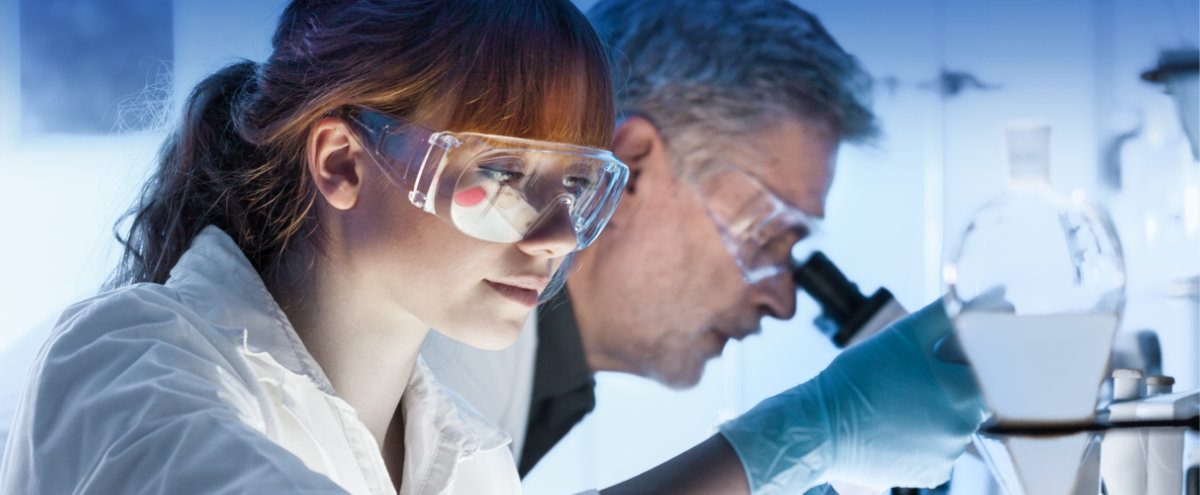3D Bioprinting of Cell-Laden Microgels for the General Construction of Vascularized Tissue Structures and Organoids
ApplyProject Description
3D bioprinting is a fabrication technology that aims to produce complex 3D functional living tissues suitable for disease modeling and even organ transplantation. Consequently, this technology has gained strong interest in areas such as tissue engineering and regenerative medicine. It is believed that 3D bioprinting gives promising solutions to solve the organ shortage for transplantation and to bridge the gap between 2D cell culture and live tissue experiments. In 3D bioprinting technology, biomaterials and cells are printed together to produce viable tissue-constructs with different shapes and sizes at the micro- and macro-scale level. However, 3D bioprinting technology is currently facing problems in terms of poor performance in shape fidelity of the 3D constructs, biocompatibility, and vascularization. These drawbacks could arise from the biomaterial and the bioprinting method used. For instance, synthetic polymers lack cell adhesion motifs while naturally derived materials lack appropriate mechanical strength. Moreover, most of the bioprinting methods rely on UV- or chemical crosslinking that could be harmful to the cells. To overcome these problems, we have developed a 3D bio-printing method to print under physiological conditions using self-assembling ultrashort peptides (SUP) as bioinks. SUP are natural peptides that are chemically synthesized and can be tailored to include biological and physicochemical cues for the improvement in biocompatibility and shape fidelity of the 3D construct. Nevertheless, our bioprinting approach still has technical challenges in controlled cell distribution and vascularization. To address these issues, we are working on the incorporation of SUP microgels covered by endothelial cells into the 3D bioprinting process to drive the cell to cell connection among microgels.
 Division -
Biological and Environmental Sciences and Engineering
Division -
Biological and Environmental Sciences and Engineering
Desired Project Deliverables
Print self-assembling ultrashort peptides (SUP) as bioinks

